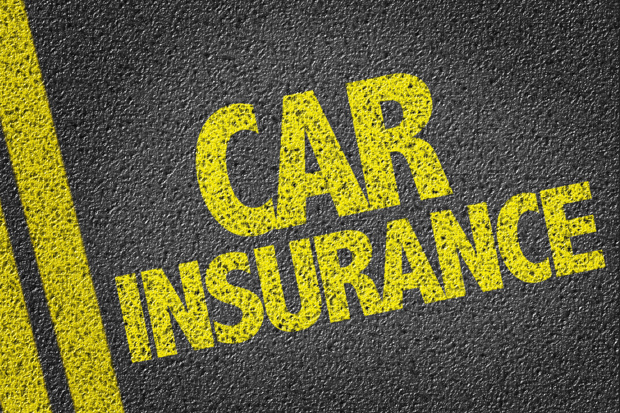Car insurance group system in major shake-up: 1-50 to be replaced

The longstanding 1-50 car insurance group rating is to be replaced with five ‘insurability’ assessments covering performance, damageability, safety, security and a new repairability rating.
Thatcham Research says the new ‘Vehicle Risk Rating’ (VRR) is already live and there will now be an 18-month dual-rating period where VRR is used alongside the existing group rating.
This will allow the car industry to adjust, before VRR becomes the sole reference for vehicle risk assessment.
The outgoing car insurance group ratings have been in place for more than 25 years, replacing the older 1-10 groups.
The system is used by brokers, price comparison sites and brokers, who blend it with driver-specific details such as claims history to calculate car insurance premiums.
However, with the rise of electric cars, advanced driver assistance systems (ADAS) and software-driven features, group ratings have been in need of modernisation.
The new system is said to offer more granular data that incorporates advancements in technology, emerging theft trends, plus more of a focus on sustainable and affordable repair.
Thatcham says that new technology is changing the existing motor insurance model, prompting an unprecedented shift in the balance of risk from the driver to the vehicle.
According to Thatcham, the new system offers a more precise and detailed assessment of vehicles risks which will help insurers price premiums more accurately.
A key change is that car insurance ratings will no longer simply rely on an insurer’s historical experience of a vehicle type.
The new system will also factor in the influence of fast-developing ADAS systems on accident frequency and severity, how new tech helps stay ahead of criminal gangs, and how EVs and new vehicle structures impact on sustainable repair.
How will the new car insurance ‘Vehicle Risk Rating’ work?
The new Vehicle Risk Rating system has five core assessments that help provide a more detailed view of each vehicles’ risk profile:
- Performance – vehicle characteristics such as speed, acceleration and "the impact of modern powertrains"
- Damageability – how design, materials and construction influence repair costs and damage severity
- Repairability – the ease of cost of repairs, "encouraging repair-friendly vehicle designs"
- Safety – active and passive safety systems, including crash avoidance features
- Security – both physical and digital security measures, leveraging Thatcham Research’s New Vehicle Security Assessment
Each assessment is scored on a scale of 1 to 99. From this, an overall score, called the ‘Risk Rating’ is calculated.
Crucially, the overall rating can be adjusted as real-world data is gathered. For example, if theft claims data is gathered, the Security risk score could change, with the overall score being adjusted to reflect that risk.
How does VRR compare with group ratings?
Thatcham Research says the idea of a 1-99 rating mechanism is for more granular differentiation of risk levels.
It says that the two systems are not directly comparable: the insurability scores from the group rating system do not correlate with those of the VRR.
For example, says Thatcham, a Group Rating of 20 does not equate to a VRR of 40, and any attempts to draw parallels between these scales would be misleading.”
The new VRR system has been 18 months in the making, with Thatcham Research evaluating over 1300 data points from 25,000 vehicle derivatives.
To underline the difference in the systems, Thatcham Research looked at four cars from different sectors. In the old system, they had insurance ratings from 8E to 31E. In the new system, they all have a Risk Rating of 30 "despite differing significantly in their individual risk factors."
The importance of repairability
The new ‘repairability’ rating, which assesses efficient, cost-effective vehicle repairs and a prompt return to the road, heavily influences insurance risk and, therefore, cost.
This factor therefore has a significant weighting in the overall VRR score.
This follows data from the Association of British Insurers (ABI) that showed insurers paid out £2.9bn in motor insurance claims in Q2 2024. That’s up 18% in just a year – with a 28% increase in repair costs being a major factor.
What’s more, Thatcham Research has also found that EVs are 25% more expensive to repair than petrol cars, and take 14% longer to fix.

